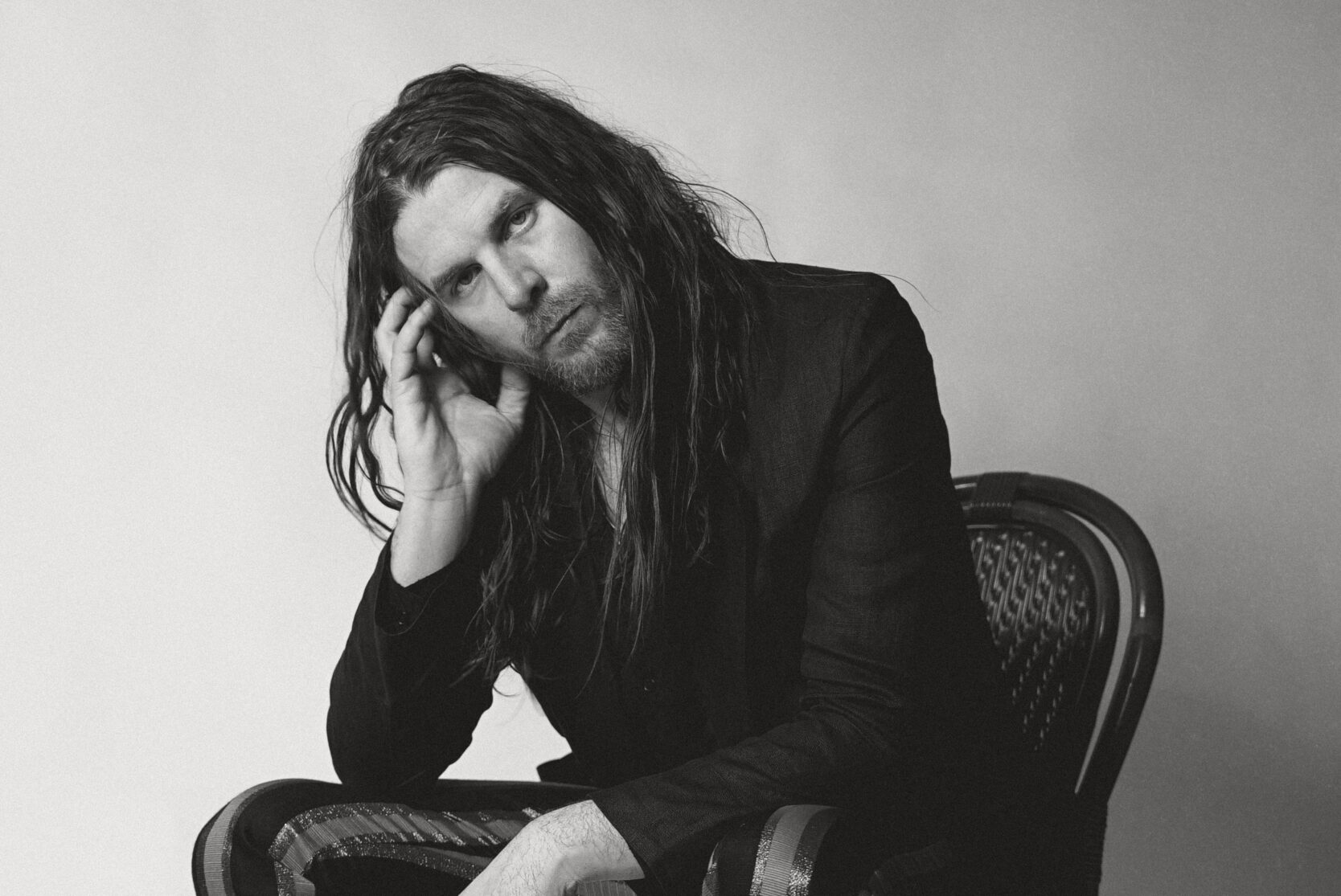For most of his career, Jonathan Wilson has helped others find inspiration for their art. Since 2020, he has produced albums for Margo Price, Billy Strings, Angel Olsen, Dawes, and is a longtime Father John Misty collaborator. And for the better part of the previous decade, Wilson’s intricate production style has polished albums by artists like Conor Oberst and Roy Harper.
Many of the albums were produced at Wilson’s Fivestar Studios in Topanga Canyon, Ca.
A native North Carolinian who moved to L.A. 15 years ago, Wilson is credited with reviving the Laurel Canyon sound, the breezy blend of country rock that captivated audiences in the late 1960s and early 1970s. When he wasn’t producing for others or working on his five solo full-length albums, Wilson opened for Wilco and Tom Petty and the Heartbreakers and performed with the likes of Jackson Browne, Black Crowes’ Chris Robinson and Grateful Dead bassist Phil Lesh.
But despite having a signature production sound, he has shied away from it in his own recordings.
Prior to the pandemic, he released Dixie Blur, an album recorded in Nashville and inspired by his Southern upbringing. Following a show in Big Sur as part of Misty’s backing band in October 2021, Wilson finally felt inspired to work on an album of his own. In the years since he recorded Dixie Blur, he had compiled song ideas but never got around to doing anything with them. After his producing sessions, he would record snippets of songs that would pop into his head, often at odd hours.
“Some of the songs I’d work on were labeled ‘Father John’ blah, blah, blah,’ because the inspiration struck just as those guys had gone home,” he tells SPIN over the phone as he walks in New York City. “A lot of those songs were done in the midnight hour and I was burning the candle at both ends.”
Those loose ideas are now fully fleshed out and comprise his new solo album, Eat the Worm (out now on BMG). Wilson says the record, which has a psychedelic-folk bent, was inspired by Jim Pembroke’s 1972 album Warm Rumours.
“I found out about him because he passed away during the pandemic,” Wilson says. “Somebody sent me a video of him and his band on some Danish show in 1972, and I was just like, ‘Who the fuck is this guy? This is incredible.’ Then I went on a deep dive on Spotify and found Warm Rumours. It’s this really incredible, intricate thing where he sort of shoots himself in the foot for the possibility of commercial success by talking in these weird characters, and he presents the album as a talent show and all this weird shit.”
“The Village Is Dead,” which laments how New York’s Greenwich Village’s cultural importance is a thing of the past, is an example of his fusing the classic sound of Southern California ‘60s pop with a darker message.
“That’s one of those songs where I wanted those soaring disco streams and stuff,” he says. “I wanted a song with a lot of tempo, which is sometimes hard. That was a challenge there, and recounting some of the vibes, basically the decline of the Village, which was bound to happen.”
Other songs, like the sparse “Wim Hof” and the kaleidoscopic “Hollywood Vape” showcase the breadth of Wilson’s songwriting range. It also allows him to explore the freedom of a sonic space that can sometimes be restricted by working with others. Though, that doesn’t necessarily mean it is easier.
“If someone brings you a seed of a song or brings you a complete song, then the task at hand is maybe not as deep as the whole song,” Wilson explains. “On this particular album, I went back to the way I did things in the beginning, which means no one is there [with him], there’s no band, there’s no engineering, or there’s nobody hanging around. To achieve some of this — these sounds and songs and ideas — you have to have that deeper concentration.”
As for what’s next, Jonathan hopes he’s able to bring the album to life, perhaps with a strings and horns section, at an intimate Los Angeles show at either the Walt Disney Concert Hall or The John Anson Ford Theatre. Early next year, he is returning to his role as a guitarist in Roger Waters’ touring band. He’ll be on the road with the polarizing bassist as he tours South America next year, though he says that “this might be the end of the whole thing.”
For now, Wilson is pleased that the two-plus year endeavor of squeezing in time in his limited schedule produced a body of work he can stand behind.
“There’s no filler, there’s no bullshit on there,” he says. “It wasn’t something I did just to have some content or something like that. This is all the real deal.”





